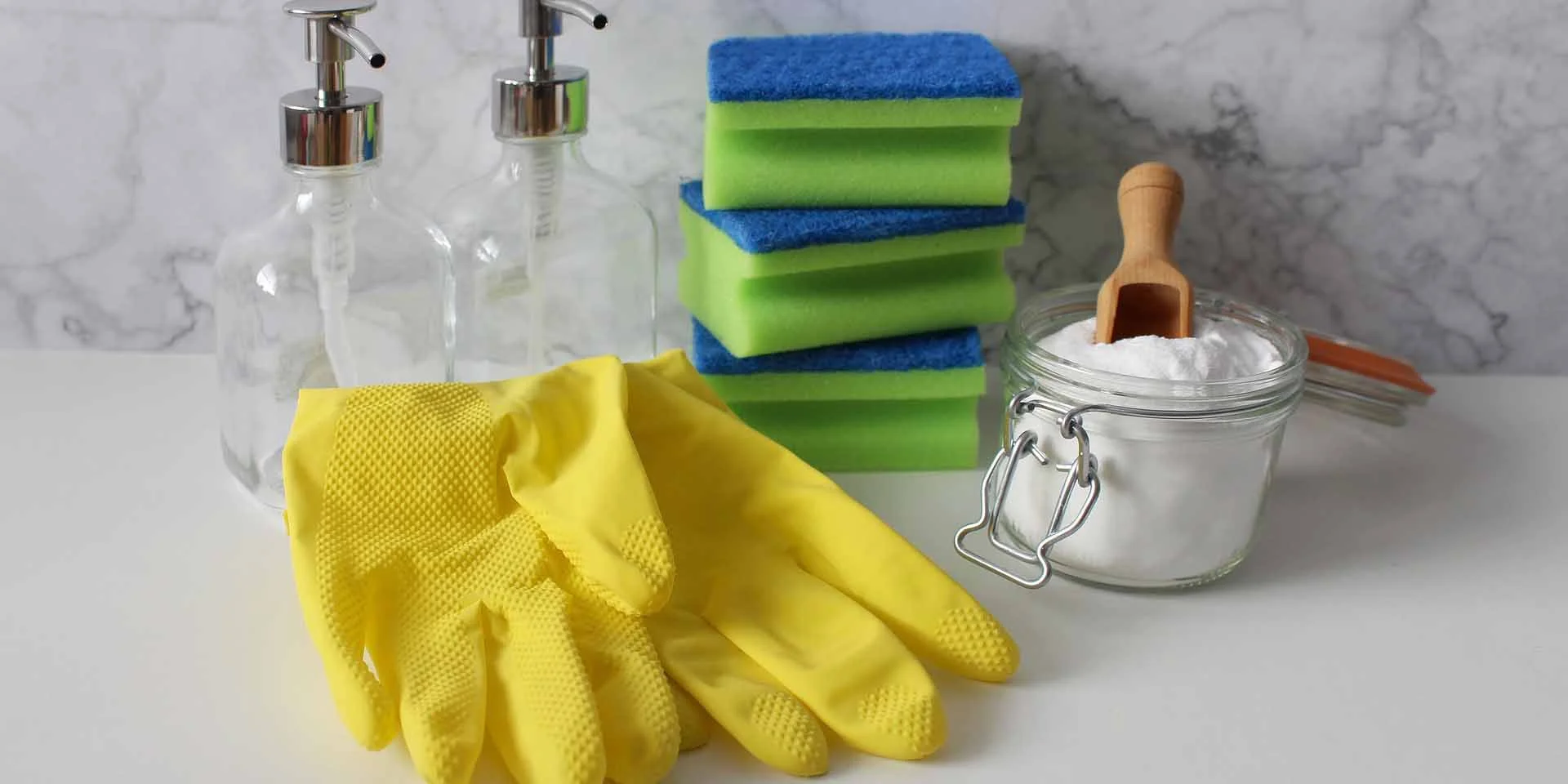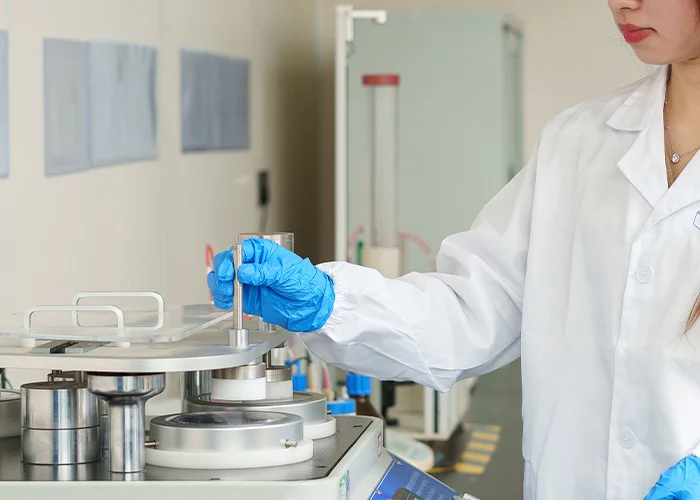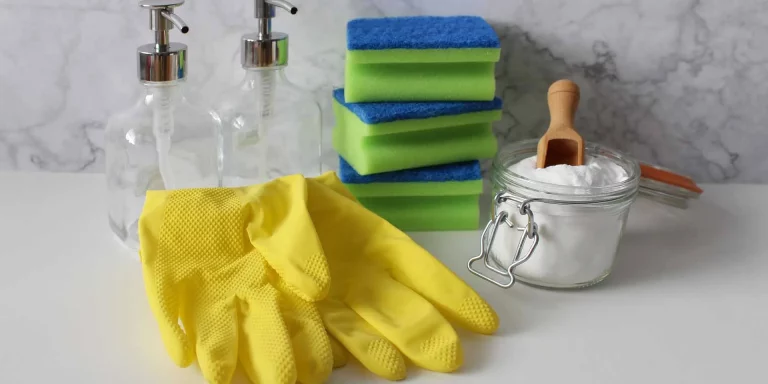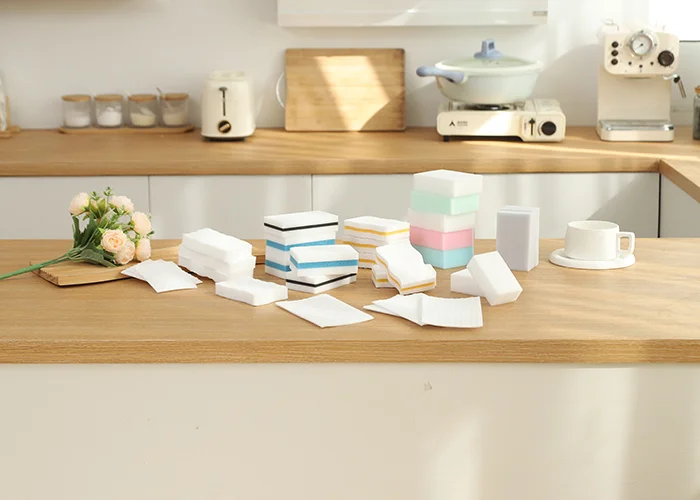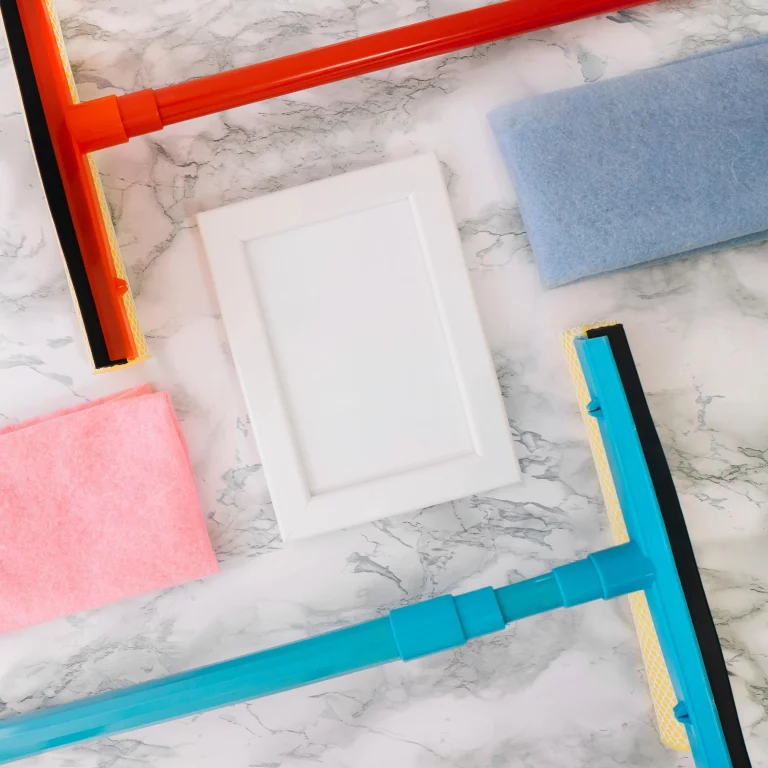Magic erasers, made from melamine foam, clean well by gently scraping surfaces. But they spark concerns about nature and health. They don’t break down naturally. Plus, they might release harmful stuff when made or thrown away. Green options, like natural cellulose sponges or plant-based foams, are kinder to the earth. These rot away naturally, use less energy, and are safer. Foamtech creates new versions with bio-based melamine foams and recycled materials. These balance strong cleaning with care for the planet. Choosing between regular and eco-friendly cleaners depends on what surfaces you’re cleaning, the rules to follow, and the costs over time. Green cleaning tools are improving quickly, offering safe and powerful options.
What Are Magic Erasers Made Of?
Magic erasers are mostly melamine foam. This material has a tiny structure that acts like super fine sandpaper. When you add water, the foam’s open cells get a bit harder. This helps it scrub away dirt, scuffs, crayon marks, grease, and soap scum. It works great on painted walls, plastic, or glass.
The foam comes from mixing melamine and formaldehyde in a process called polymerization. The final foam is stable. But worries come up about its effects on nature and health when it’s made or tossed out.
How Safe Is Melamine Foam According to Chemical Properties?
Melamine foam’s makeup needs a careful look for safety. The magic eraser safety sheet (MSDS) says the foam is usually safe to use as is. But breathing in dust from cutting or sanding it can bother your lungs. Eating it is risky, too.
The sheet also warns against burning the foam. Doing so can let out harmful gases, like ammonia or formaldehyde-related stuff. This makes it important to find other materials. These should clean well without harming health or the planet.
What Environmental Issues Are Linked to Conventional Melamine Foam?
Why Is It Difficult for Melamine Foam to Decompose After Use?
Melamine foam doesn’t rot away. Its strong, linked structure stops germs and nature from breaking it down. So, thrown-out magic erasers pile up in landfills. They add to the growing problem of non-biodegradable trash.
Could There Be Health or Ecosystem Risks from Improper Disposal?
If you burn melamine foam or heat it incorrectly, it can release toxic fumes. These harm air quality. They might hurt people or animals nearby. Also, tiny foam bits from use or disposal can slip into rivers or lakes. This could harm fish and other water creatures.
What Makes a Cleaning Material Truly Eco-Friendly?
Which Criteria Determine Whether a Product Is Environmentally Sustainable?
A green cleaning product should rot naturally. It should be safe to use and toss. It needs to harm the earth as little as possible when made. Plus, it should use little energy to create. Materials should come from renewable or recycled sources. Eco-friendly packaging helps too.
Which Materials Are Commonly Used in Sustainable Cleaning Products?
Natural cellulose sponges, made from wood pulp, rot away easily. Loofah fibers are great for scrubbing. Plant-based polyurethane foams last long without harmful chemicals. These options cut harm to the planet. They also meet growing rules for green products in homes and businesses.
How Do Traditional Magic Erasers Compare with Eco Alternatives?
Does Cleaning Efficiency Differ Between Melamine Foam and Green Substitutes?
Magic erasers are great at removing tough dirt because of their scratchy texture. But this can harm delicate surfaces, like polished wood or soft plastic. Green options often use enzyme cleaners in plant-based sponges. Or they use fine natural fibers. These clean well without scratching sensitive spots.
Magic erasers fall apart fast with heavy use. This limits how much you can reuse them. Many green options are made tougher. They can be washed and reused. This cuts down on waste.
What’s the Environmental Footprint Across Their Lifecycle?
From start to finish, melamine foam has a bigger environmental cost. It uses oil-based materials and doesn’t rot. Green options need less energy to make. They also break down naturally after use. This means less landfill waste and fewer harmful gases.
How Does FoamTech Redefine Sustainable Cleaning Solutions?
FoamTech makes advanced foams with a focus on saving the planet. They research and test to create cleaning tools for homes and big businesses. Their products go beyond basic rules. They earn badges for being earth-friendly and low-pollution.
If you want cleaning tools that work hard and care for nature, FoamTech is worth a look. They’re not just a supplier. They’re a partner in making cleaning greener.
What Are Some Notable Eco-Friendly Products Offered by FoamTech?
How Do Bio-Based Melamine Alternatives Perform Compared with Conventional Versions?
FoamTech’s bio-based melamine foams use natural materials. They keep the same cleaning strength as regular ones. These foams scrub like traditional Magic Erasers. But they avoid oil-based ingredients. This is a big step toward a circular economy.
The foams meet global safety rules like RoHS and REACH. This makes them safe for things like food areas or medical cleaning. They match regular foams for stain removal. Plus, they last longer through wet and dry uses. This makes them a smarter choice.
What About Recycled Content or Biodegradable Options from FoamTech?
FoamTech also makes products from recycled materials. These are for people who want zero-waste systems. They meet tough standards like ISO 14001 for eco-friendly production and ASTM D6400 for rotting away. Some products can even turn into compost. This is great for businesses aiming for no waste.
Where Are These Eco Foams Being Used Today?
How Do They Fit Into Residential & Commercial Cleaning Applications?
In homes and offices, bio-based foams are safe around kids or pets. They lack harmful chemicals. Cleaning teams in busy places like lobbies or bathrooms love their toughness. These foams last longer, so you replace them less while keeping things clean.
Which Industrial Sectors Prioritize Safety Alongside Sustainability?
Places like hotels, hospitals, transport hubs, and food factories need cleaners who work well and follow green rules. FoamTech’s products clean strongly with less harm to nature. They help these businesses meet eco-goals without losing quality.
How Should You Choose Between Traditional vs Eco-Friendly Options Based on Your Needs?
What Factors Should Professionals Consider When Selecting Cleaning Materials?
Think about the surface first. Scratchy materials like magic erasers can ruin delicate finishes, like shiny steel or coated wood. Check if the product follows rules, especially for eco-focused audits like LEED.
Look at total costs too. Don’t just think about the price tag. Green products might cost more at first. But they save money over time with longer use and less waste.
Where Is Sustainable Cleaning Technology Heading Next?
Are Bio-Based Polymer Foams Becoming More Advanced Than Ever Before?
Yes, plant-based foams are getting smarter. Scientists can adjust their texture for specific cleaning needs. They add natural water-repelling features or germ-fighting oils. These make eco-friendly tools that rival regular ones.
How Is FoamTech Investing in Future Materials Research?
FoamTech spends a lot on studying new plant-based materials and waste-free production. They use smart tech, like AI testing, to build better green products faster. This keeps them ahead in eco-cleaning.
FAQ
Q1: Can I recycle used Magic Erasers?
A: No. Magic erasers made from melamine foam can’t be recycled. Their solid structure stops them from being melted or reshaped.
Q2: Are eco-friendly cleaning foams safe around children?
A: Yes. Most green foams from companies like FoamTech avoid harmful chemicals. They meet safety rules for homes with kids.
Q3: How does the cost of green alternatives compare with traditional options?
A: Green options might cost a bit more at first because of eco-friendly materials. But they last longer and cut waste costs. This saves money over time.

